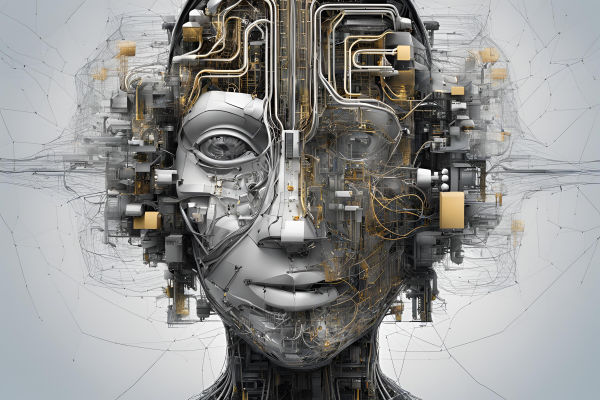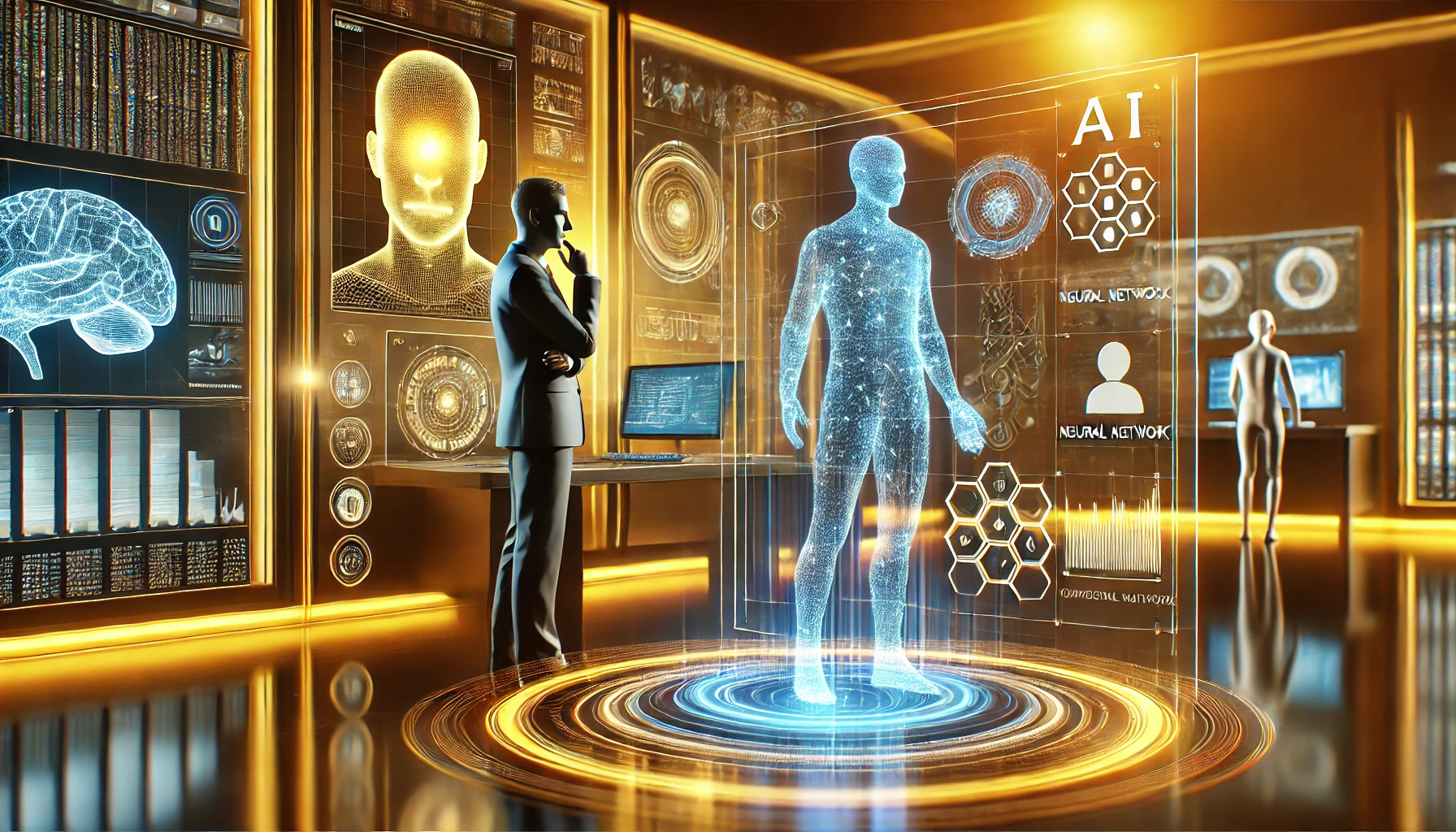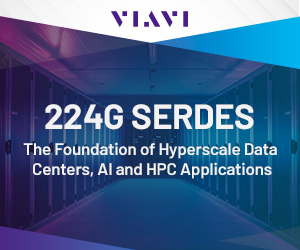Computational Intelligence: Exploring AI-Powered Problem Solving and Adaptive Learning. Computational Intelligence, Artificial Neural Networks, Fuzzy Logic, Evolutionary Computation, Swarm Intelligence, Hybrid Systems, Singapore CI-driven smart city
Introduction
Computational Intelligence (CI) is a branch of artificial intelligence (AI) that focuses on solving complex real-world problems using biologically and linguistically motivated computational paradigms. Unlike traditional AI, which relies on explicit algorithms and predefined rules, CI emphasizes adaptive learning and self-organizing systems, making it particularly effective in handling uncertainty, imprecision, and approximation.
The field of Computational Intelligence encompasses a variety of methodologies inspired by natural intelligence, including artificial neural networks, fuzzy logic, evolutionary algorithms, and swarm intelligence. These approaches enable machines to learn from data, adapt to dynamic environments, and make intelligent decisions without human intervention.
In this article, we will explore the key components, applications, advantages, challenges, and future prospects of Computational Intelligence.
Key Aspects of Computational Intelligence
Computational Intelligence integrates various methodologies that help machines mimic human intelligence in decision-making, problem-solving, and learning. The primary components of CI include:
- Artificial Neural Networks (ANNs)
- Fuzzy Logic (FL)
- Evolutionary Computation (EC)
- Swarm Intelligence (SI)
- Hybrid Systems
Each of these methodologies plays a crucial role in making systems intelligent and capable of handling complex problems in various industries.
Core Components of Computational Intelligence
Artificial Neural Networks (ANNs)
Artificial Neural Networks (ANNs) are computing systems inspired by the structure and function of the human brain. These networks consist of layers of interconnected artificial neurons that process input data and generate outputs based on learned patterns.
ANNs have revolutionized multiple fields, such as:
- Pattern Recognition: Used in handwriting recognition, fingerprint scanning, and face detection.
- Image and Speech Processing: Used in modern applications like Google Lens, Siri, and Alexa.
- Financial Forecasting: Stock market prediction and risk assessment models rely on ANNs.
- Autonomous Systems: Self-driving cars and intelligent robots use ANNs for navigation and decision-making.
One of the most prominent types of ANN is the Deep Neural Network (DNN), which consists of multiple hidden layers that improve accuracy in recognizing complex data patterns.
Case Study: Deep Learning in Healthcare
A leading healthcare company used deep neural networks to analyze MRI scans and detect early signs of brain tumors. The model, trained on thousands of scans, improved diagnostic accuracy by 30%, reducing the need for invasive procedures.
Fuzzy Logic (FL)
Fuzzy Logic (FL) is a mathematical approach that allows reasoning with uncertain or imprecise information. Unlike traditional binary logic, fuzzy logic enables degrees of truth, making it suitable for decision-making in complex and ambiguous scenarios.
Applications of Fuzzy Logic:
- Consumer Electronics: Washing machines, air conditioners, and refrigerators use fuzzy logic for adaptive control.
- Control Systems: Used in traffic signal control, robotics, and industrial automation.
- Medical Diagnosis: Helps doctors in analyzing patient symptoms that may not fit binary conditions.
- Stock Market Predictions: Assists in analyzing unpredictable market trends.
Case Study: Traffic Management
In Tokyo, fuzzy logic-based traffic lights have been implemented to optimize traffic flow dynamically. By adjusting light timings based on real-time congestion data, traffic delays have been reduced by 20%.
Evolutionary Computation (EC)
Evolutionary Computation (EC) includes optimization techniques inspired by natural evolution, such as Genetic Algorithms (GA), Particle Swarm Optimization (PSO), and Differential Evolution (DE). These algorithms evolve over generations to find optimal solutions to problems.
Applications of Evolutionary Computation:
- Automated Design Optimization: Used in aerospace engineering and architecture to optimize designs.
- Game Playing Strategies: Helps in AI-based gaming strategies and decision-making.
- Scheduling and Logistics: Optimizes delivery routes and supply chain management.
- Data Mining and Machine Learning: Enhances classification, clustering, and predictive modeling.
Case Study: Genetic Algorithms in Robotics
NASA used genetic algorithms to optimize the design of robotic arms used in space missions. The AI-driven optimization reduced the weight of robotic structures while maintaining durability, saving costs and improving performance.
Swarm Intelligence (SI)
Swarm Intelligence (SI) is based on collective problem-solving behaviors observed in social insects such as ants, bees, and birds. It includes algorithms like Ant Colony Optimization (ACO) and Particle Swarm Optimization (PSO).
Applications of Swarm Intelligence:
- Network Routing: Helps in optimizing data packet transmission in computer networks.
- Robotics and Autonomous Vehicles: Used in drone coordination and robot navigation.
- Distributed Computing: Enhances resource allocation in cloud computing environments.
- Optimization in Engineering Design: Helps in optimizing parameters in mechanical and electrical engineering.
Case Study: Swarm Intelligence in Drones
Amazon has tested swarm intelligence algorithms in their drone delivery system to optimize flight paths and avoid collisions, reducing delivery time by 25%.
Hybrid Systems
Hybrid computational intelligence systems combine multiple CI methodologies to leverage their strengths. For example, Neuro-Fuzzy Systems integrate neural networks with fuzzy logic for enhanced learning and adaptability.
Applications of Hybrid Systems:
- Industrial Automation: Used in factories to optimize production processes.
- Smart Healthcare Systems: Assists in automated diagnostics and precision medicine.
- Intelligent Transportation Systems: Improves traffic flow and accident prevention.
- Advanced Decision Support Systems: Helps businesses make data-driven decisions.
Future of Computational Intelligence
The future of Computational Intelligence lies in its integration with emerging technologies such as Quantum Computing, the Internet of Things (IoT), and Edge Computing. As computational power increases, CI models will become more efficient, enabling breakthroughs in fields like:
- Personalized Medicine: Tailoring treatments based on individual genetics.
- Autonomous Systems: Advancing self-driving cars and robotic automation.
- Intelligent Automation: Automating complex business processes using AI.

Case Study: CI in Smart Cities
Singapore has implemented CI-driven smart city solutions, using AI-powered traffic management, waste disposal, and energy optimization. As a result, traffic congestion has decreased by 35%, and energy savings have increased by 20%.
Conclusion
Computational Intelligence represents a significant step toward developing intelligent, self-learning systems that can handle complex real-world problems. By combining Neural Networks, Fuzzy Logic, Evolutionary Algorithms, and Swarm Intelligence, CI is transforming industries and paving the way for future innovations in AI.
As research progresses, Computational Intelligence will play an even greater role in enhancing human life, improving decision-making, and driving technological advancements in numerous domains.
With the integration of CI into various industries, we can expect smarter, more efficient, and adaptive solutions to some of the world’s most challenging problems.
The future of Computational Intelligence is bright, promising a world where machines work alongside humans to enhance productivity, innovation, and problem-solving capabilities.
References:
Bezdek, J. C. (1994). Computational Intelligence Defined. IEEE Transactions on Fuzzy Systems.
Dorigo, M., & Stutzle, T. (2004). Ant Colony Optimization.
Engelbrecht, A. P. (2007). Computational Intelligence: An Introduction.
Holland, J. H. (1992). Adaptation in Natural and Artificial Systems.
Jang, J. S. R., Sun, C. T., & Mizutani, E. (1997). Neuro-Fuzzy and Soft Computing.
Koza, J. R. (1992). Genetic Programming.
LeCun, Y., Bengio, Y., & Hinton, G. (2015). Deep learning. Nature.
Russell, S., & Norvig, P. (2021). Artificial Intelligence: A Modern Approach.
Tan, L., & Lee, S. (2019). Smart city applications in Singapore. IEEE Access.
Zadeh, L. A. (1973). Outline of a new approach to the analysis of complex systems. IEEE Transactions on Systems, Man, and Cybernetics.






